The Multi-Dimensional World of BIIMO: Exploring Technology, Art, and Activism
From street art installations to digital sculptures and NFTs, Georgian artist BIIMO is taking the art world by storm with his multidisciplinary approach to creativity. Inspired by nature and fascinated with technology, BIIMO's work explores the intersection between art and the digital world. In this interview, BIIMO shares his journey as an artist, the message behind his thought-provoking installations, and his mission to support young artists in Georgia.
Discover the unique world of BIIMO and the evolution of his NFT PILLS project in this exclusive interview.
I've been drawing for as long as I can remember, even before I knew how to write properly. As a child, I spent a lot of time in nature and this experience greatly influenced my artistic skills later in life. I was always fascinated with processing materials like wood, clay, and stones, as well as learning to play old musical instruments. In my teenage years, I became interested in music and technology, and started exploring software for creating Audio-Visual art. Studying all these things, which I probably spent a lifetime on, finally gave me the multi-powers and my character that I have today as an artist.
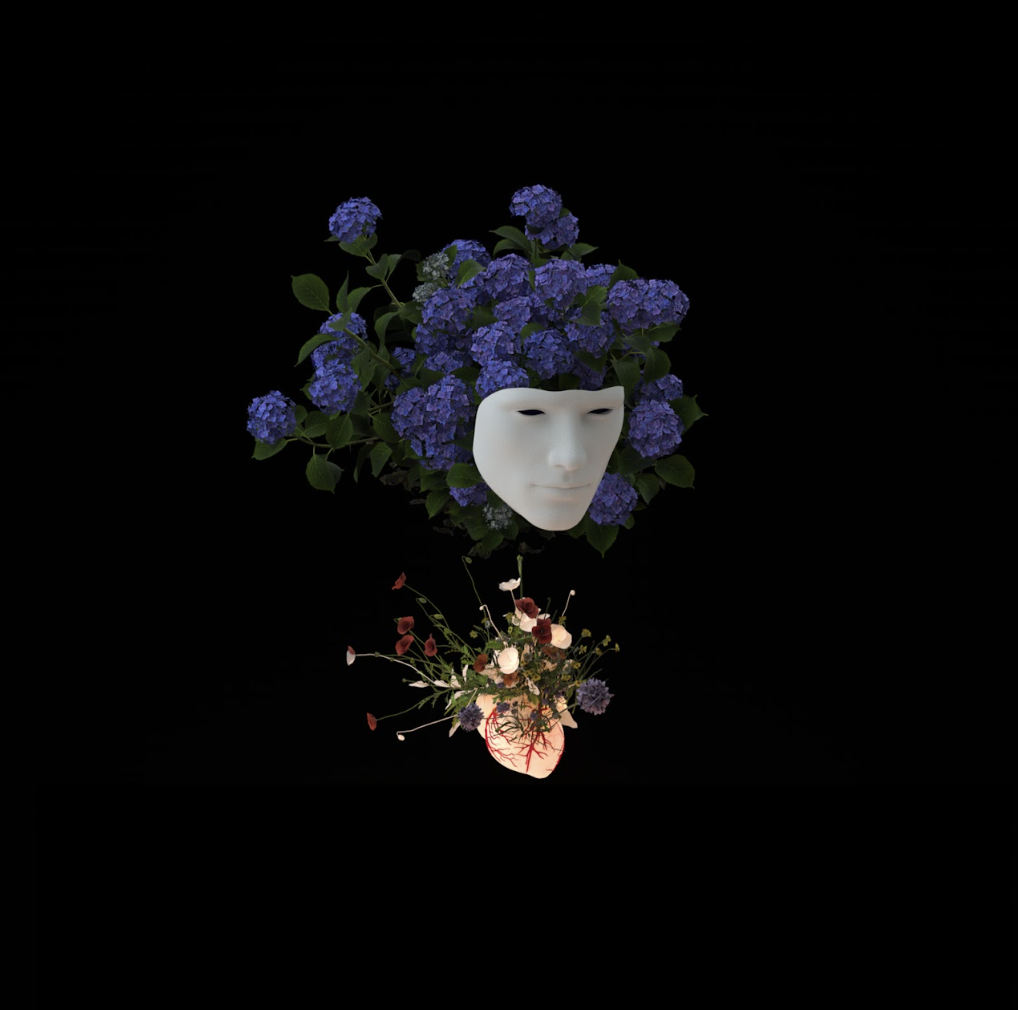
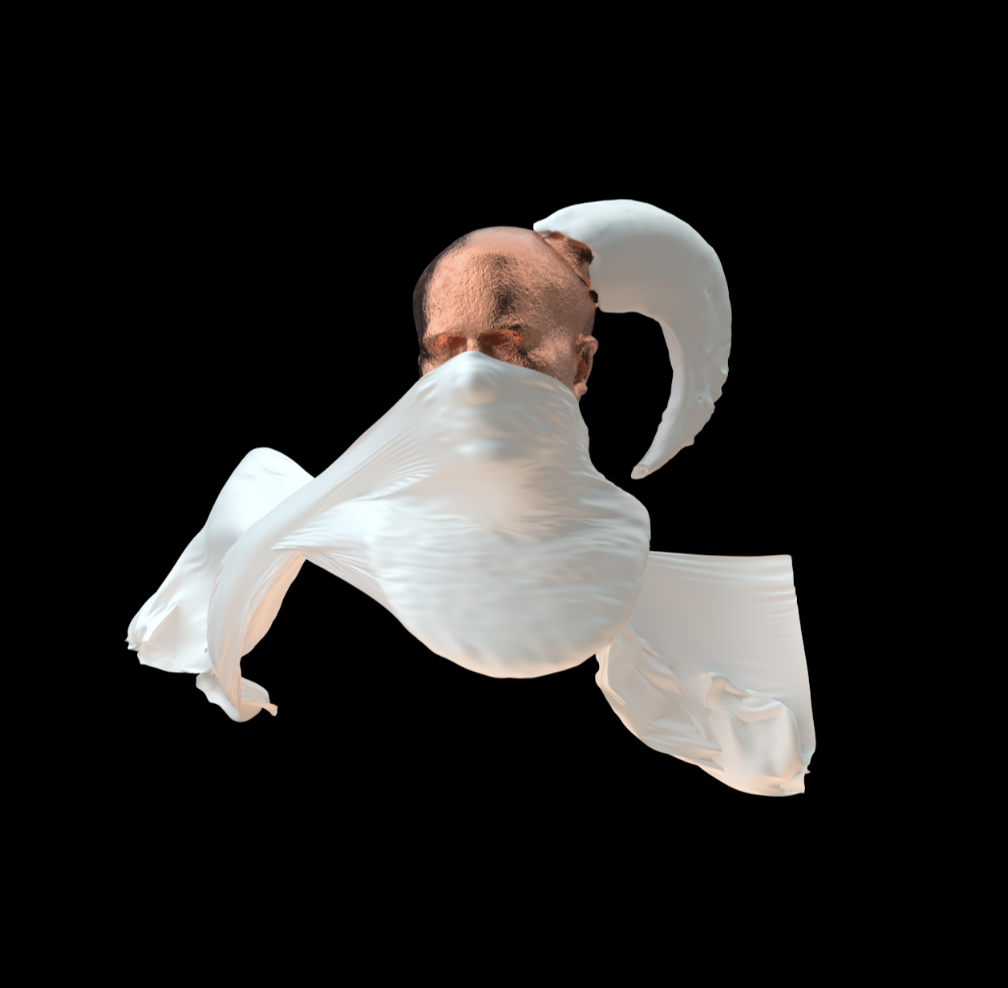
Can you tell us more about your digital street art movement? How did you come up with this idea?
In my view, all artistic movements need to evolve and find new ways to communicate with audiences. I always lacked interaction, the involvement of people.
The idea first came to me in 2007-2008, when new and interesting experiments in technology and art were becoming more accessible. At that time, I discovered the Reactable project, developed in Barcelona. Reactable was an experimental project, and many musicians were interested in using it. Among them, in 2007, Bjork used it during a concert at Coachella.
The project was open-source, so I downloaded it and began to experiment with it myself. Then, using the camera on my mobile phone and a standard A4 paper, I created a project that could track touch and generate sound with the Pure Data software. This was a simple setup, but it allowed me to explore the possibilities of expressing my ideas in new ways. It was a phone of an unknown model, but it worked for me because the OS “was easy to use”
Ryoji Ikeda and other audio-visual artists uses/used softwares like Pure Data. Then I discovered cycling74 and vvvv.
Ryoji Ikeda - Datamatics
During these experiments, I realized that it was possible to create interactive installations using objects and sculptures on the street. Finally, the arrival of AR (augmented reality), which followed the development of mobile phones and systems, decided to create a name for my idea: Digital Street Art, which could combine technology and street art. While many of my friends around the world are interested in creating such installations, I noticed that Georgian artists are missing from this scene. I believe it's important to explore the possibilities of powerful communicative and interactive art in the streets.
Your collaboration with Levan Amashukeli resulted in the AR Installation "ДЕТИ" on the Russian Pavilion of the Venice Biennale. Can you explain the message behind this installation and how it relates to your activism projects?
The world is in a digital informational and physical war. Ukraine fights for freedom, which also fights for our freedom. Big happenings like the Venice Biennale, I think, should definitely be used as a platform to spread information. The Russian pavilion has been closed since Russia's invasion of Ukraine, and security guards are on guard to prevent activists from attacking or damaging the building. Therefore, there was no opportunity for physical activity near the Russian pavilion.
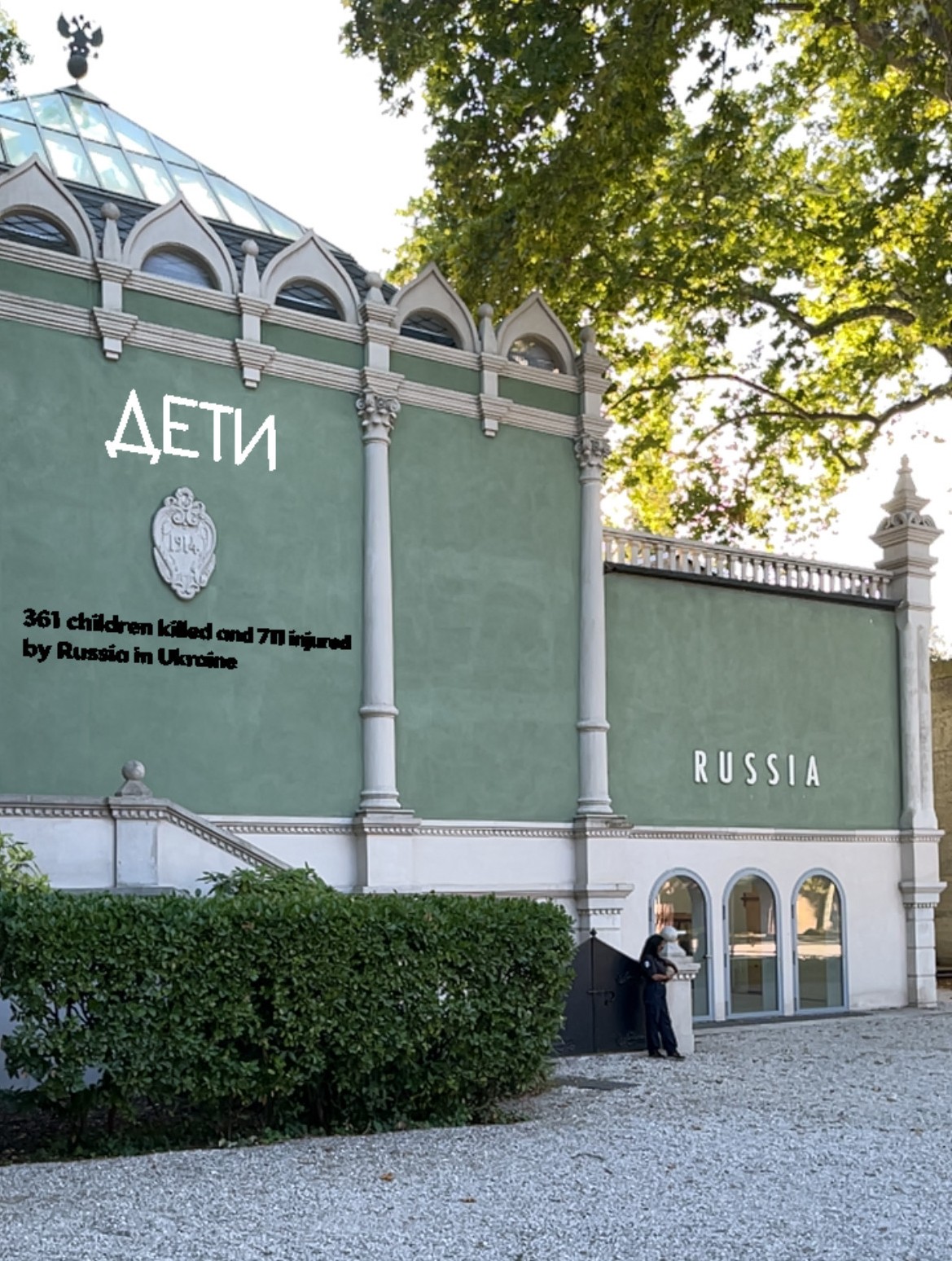
Destroying or damaging something was not interesting for Levan Amashukeli or me. This is how the AR installation "ДЕТИ" (children) was made, which was shared by many media. This is once again a reminder to the world that: Russia is killing children in Ukraine!
Could you describe your performance in front of the European Parliament Building? What was the main message of this performance, and how did you use art to convey it?
By selling its raw materials, Russia has gained a lot of power. I used the day of receiving the status to express my support for Ukrainians who chanted the same message to the parliament about Russian gas and sanctions. It is necessary to get the status for our country. We have to fight for it and not allow the Russian politicians to cause chaos in our countries.
My message was: STOP FEEDING THE BEAST
The main symbol: the red balloon, which I fixed on the barrier near the summit was organized, and I also left the AR installation in front of the Parliament building, expressing the joy, home and happiness of children.
Russia is destroying the future of countries like us and destroying our culture. Georgia has a big story and we always fight for our freedom.
For this day, we have specially created clothes. There's also a digital 3D sculpture of a balloon that I think we'll auction along with the outfit and other items. I want to help young Ukrainian artists who are going through the most difficult path with the money received.
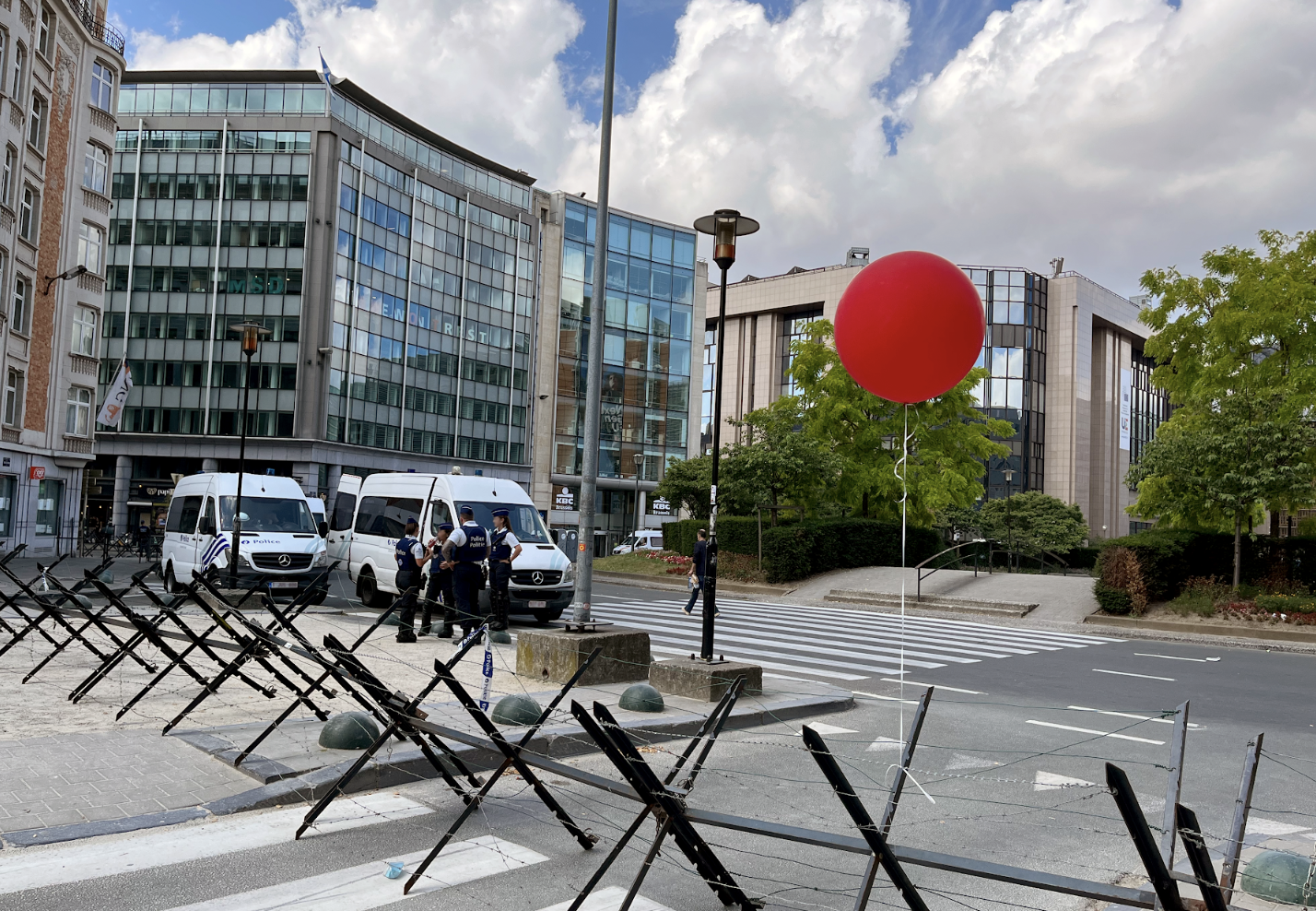
How did the Puppet House installation come about, and what was the significance of placing it on the Parliament building during the protest organized by the Georgian Journalists?
The protest action was organized by journalists. They demand the resignation of the Prime Minister, who, with his statements against the LGBTQ+ parade, incited radical groups to violence. 53 journalists were bitten, one of them died.
I wanted to independently say what I thought about the process and express it in my own way. I went with a projector to a place where there was a lot of equipment and I was looking for a power source, a TV CameraMan was standing there and I said: let's write to the parliament building what it actually is today!
No one knew what I was going to do. When I connected the projector to the video mapping software in my notebook and put the inscription PUPPET HOUSE, the CameraMan told me to look at how many people are watching. All the cameras and people were looking up. They saw and understood my message, which became a very important symbol.
Today we don't have a parliament, it's a PUPPET HOUSE and everyone knows it well, even now based on the actions of the month of March.
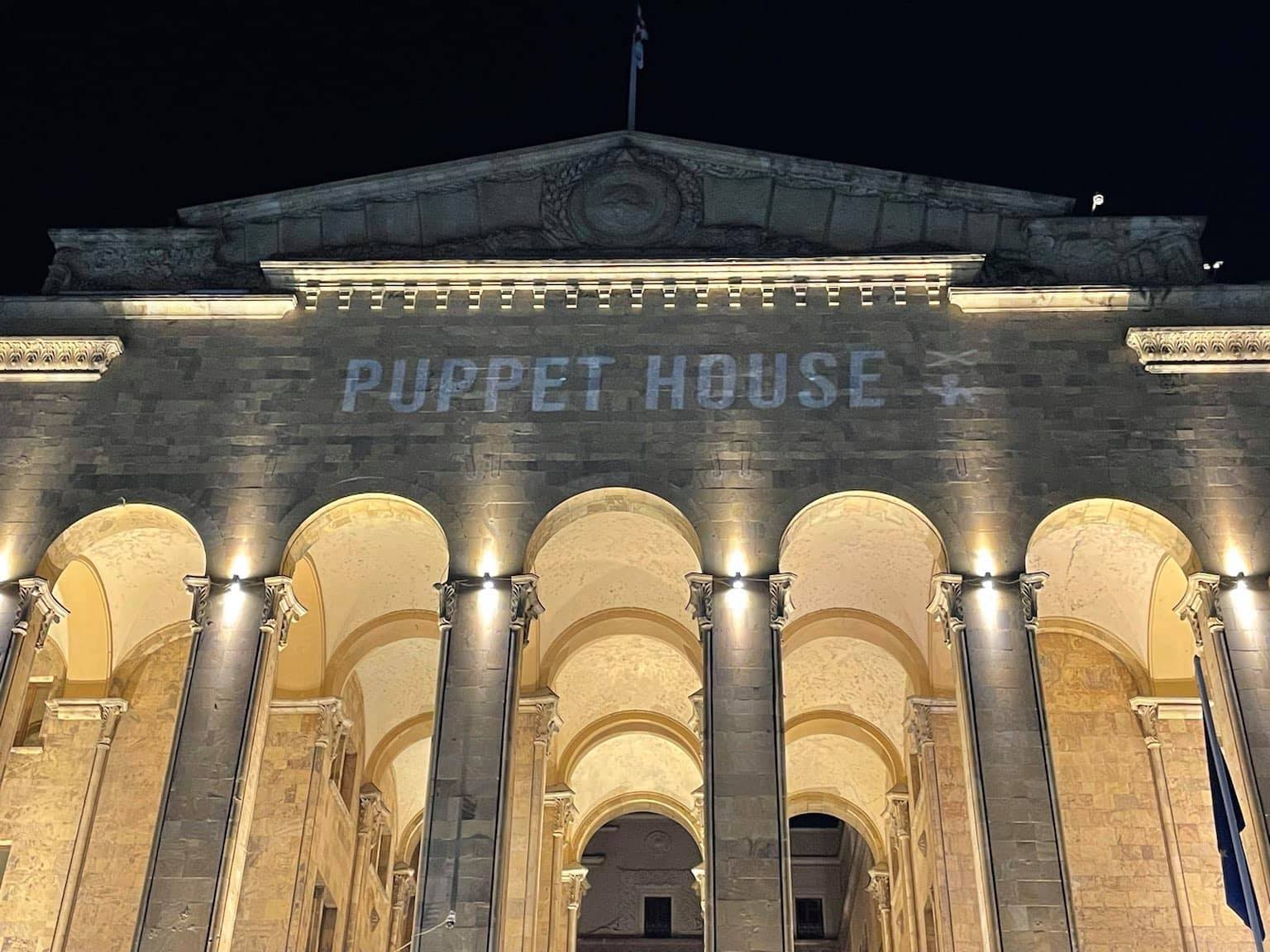
I have to clarify: several politicians and public persons made such a statement as if it was organized by them, to which I replied on my facebook page that I am an artist and no one knew what I was going to do. Politicians should get used to the fact that artists come out on the streets and express their opinions independently. When I make installations on the street, I realize that I have a lot to go through and it will not be an easy process.
I often encounter a lot of aggression during these activities. Example in Batumi city, my installation on the wall to support Ukraine was destroyed, but the citizens of Batumi and friends renewed it.
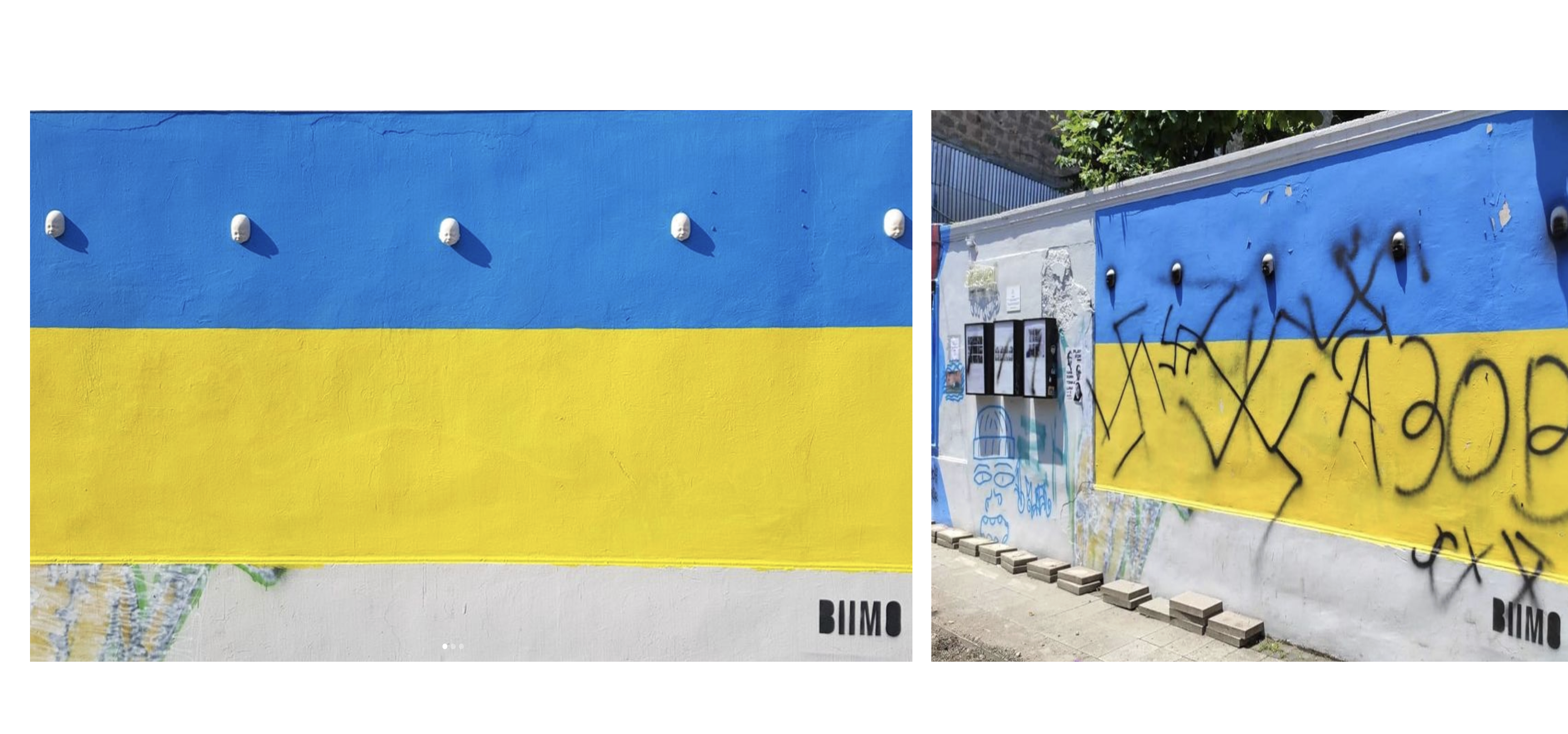
Let's talk about your NFT PILLS project. Can you explain the concept behind it and how it differs from your other art projects?
I started the NFT PILLS project together with Street Gallery. Several works have been posted on Artsy and NFT marketplace. The works were sold on the first day. Then we got a message from crypto.com that they wanted to curate and become partners with our project.
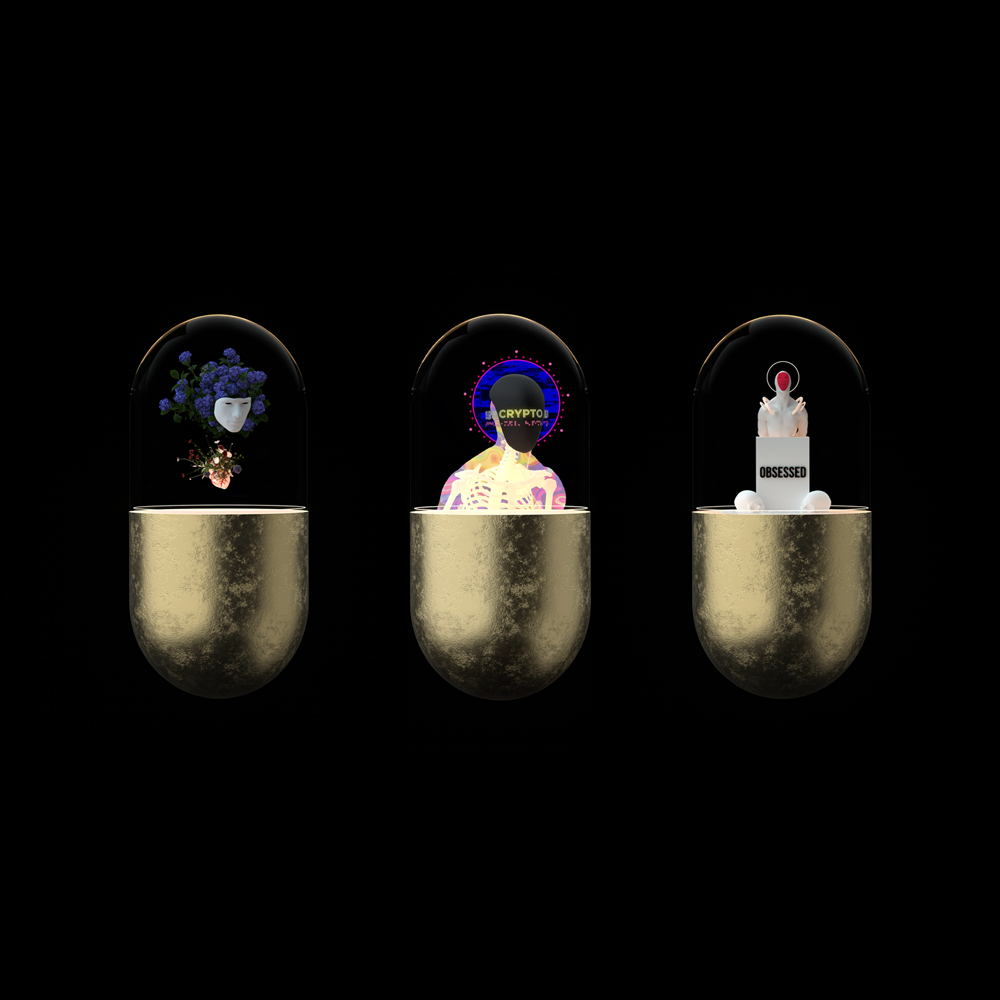
We published 6 works on crypto.com marketplace. The income of the first sales amounted to $80 thousand.
Concept: Nowaday, people have become transmitters of enormous amounts of data and they often overlook real, exciting events that affect their mood, behavior and world in general. The processes are speeded up so intensely that we don’t even remember our emotions, and when we are left alone after an exhausting working day, the only way to turn off the mind from fatigue is to melt into a comfort zone. In this situation, we forget what we went through in the past, where we are now and what our goal is. There are many interesting people around us, stories and legends that I want to slowly convey to people through my NFT PILLS and at least for a second to make them think or remember stories that data noise has suppressed.
How do you choose the stories and events to feature in your NFT PILLS project, and what do you hope viewers will take away from them?
The NFT PILLS project will be in total 100 capsules with various famous and momentous events, stories, as well as emotions that were dear to us and had an impact, but we have forgotten somehow. I encapsulate stories. The story can be taken from our legends, for example ANATORI is a work that I created inspired by the story of ANATORI district.
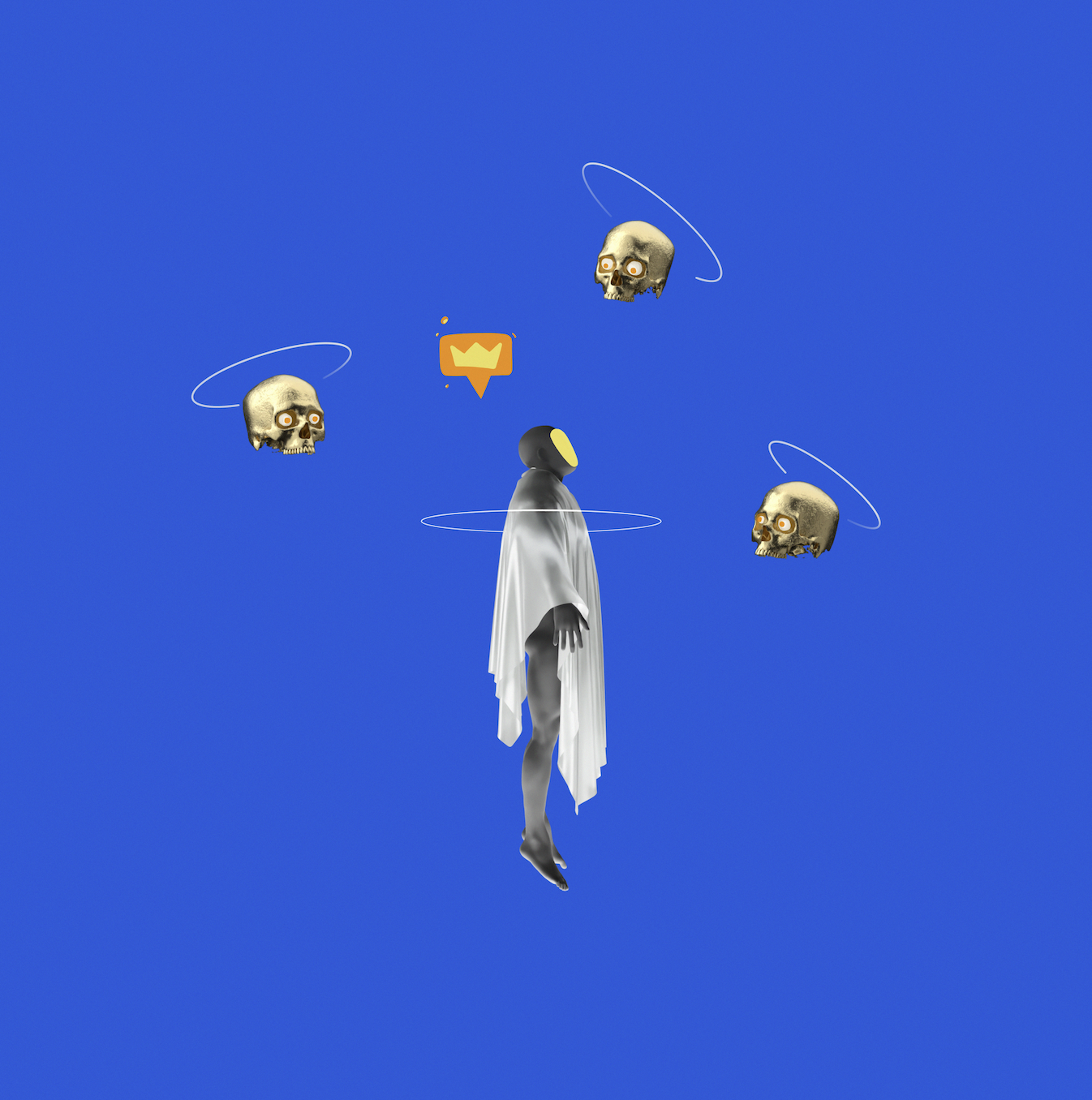
BRAINWASH is about our existence, the propaganda we have passed and are passing. "A full refrigerator - in exchange for freedom" ?
What are your future plans for NFT PILLS, and how do you see it evolving over time?
Already finished some physical capsules with sculptures inside. Will put them up for auction soon. Now I am sold out. I'm working on a new drop, I'm making it and I'll share the info soon on my social media channels.
In addition to your art projects, you also provide financial and technical support to young artists. Can you tell us more about this initiative and why it's important to you?
Some part of the money earned from my work goes to finance the education of young students, buy equipment or other needs. I went through a very difficult path and spent a lot of time trying to survive. I want to help others so that they don't have to go the same long way. Unfortunately, Georgians and many people abroad either love "dead artists" or "tortured and dying artists" for whom they collect money. This point of view must change and we must stand by the artists in their lifetime. I cannot perceive such an attitude as healthy now that is happening in the country.
Lastly, where can people view and purchase your art, and what upcoming projects or events do you have planned?
Now I don't even know how many physical pieces are left, almost all of them have been sold or we are not selling some because we are preparing for a future auction or presentations.
BIIMO appeared on the art scene from 2019. If we exclude the period of Covid, what happened in such a short time is unbelievable. The works are officially posted on the street gallery platform. Physical and NFT are distributed on other platforms too. I haven't presented my old works yet. I've been preparing them for the last few years, be it sculptures or a mix of digital and physical art with sounds.
My last series called AIRIUM is published on the foundation platform, which I think has an interesting sales concept, because everyone can buy it if they like it. Works are deposited at 0.01 ETH and up by 0.1 ETH, in total there will be 10 cycles like this, after 10 cycles the value of 1 work will be 1 ETH. It should also be taken into account that some works are accompanied by physical ones. I really love this idea.
We have already planned exhibitions in different countries. I am working on new installations. Finished another sculpture that I want to scan and turn into a digital sculpture too. Everyone can get information about my new works and other news on social networks, I am active and always post news. I hope that the Georgian art scene will become more technological and experimental. I really want it to be a bit provocative and interactive.
Links: https://linktr.ee/BiiMO

